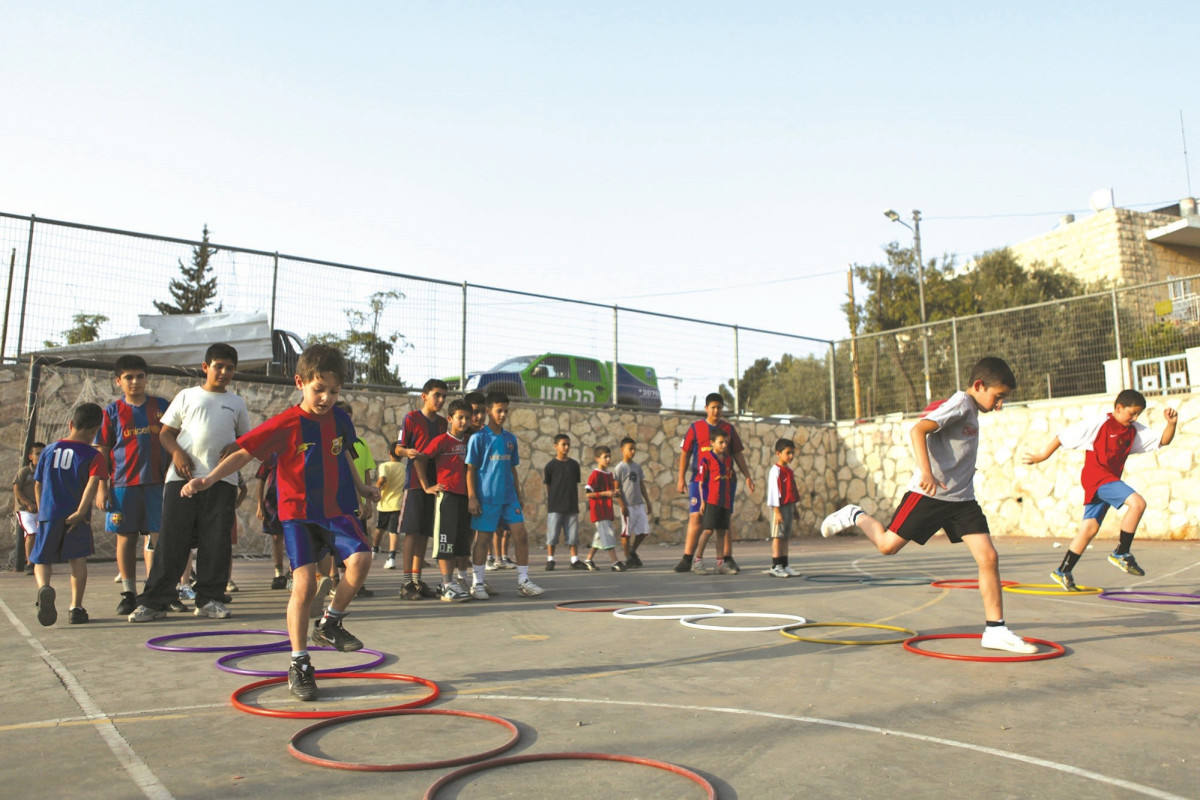Another evidence of the benefits of physical activity – also in children: A recent study conducted in Japan found that simple stretching and movement exercises that last only 10 seconds may increase brain activity in children and improve their learning abilities. The findings were published in the scientific journal Scientific Report.
The study, led by researcher Takashi Naito and his colleagues, focused on a region of the brain called the prefrontal lobe. This area, located at the front of the brain, is essential for many mental tasks including planning, decision making, impulse control and maintaining attention – essential skills for success in studies and in life.
During childhood, the prefrontal lobe continues to develop, making this period especially important for building strong mental abilities. However, many children today do not get enough physical activity. According to previous estimates, 80% of children worldwide are not active enough, and this lack of movement may harm their brain development and cognitive skills.
While previous studies have shown that moderate-to-vigorous exercise can improve brain function, less is known about the effects of light, short activities—those that can be done quickly in class or during short breaks. The aim of the present study was to fill this gap, by examining how simple exercises affect blood flow to the prefrontal lobe in children.
The researchers recruited 41 children between the ages of 10 and 15 who performed seven different types of light exercises, each lasting 10 or 20 seconds. The exercises included activities such as stretching, arm movements and balancing on one leg – activities that can be easily performed in a classroom without special equipment.
To measure brain activity, the researchers used a technique called functional near-infrared spectroscopy. This non-invasive method uses light to detect changes in blood flow in the brain, which can indicate increased brain activity. The children wore a special headband with sensors while performing the exercises, which allowed the researchers to see how their brain activity changed during each movement.
Most of the exercises led to a significant increase in blood flow to the prefrontal lobe, which indicates increased brain activity in this area. Interestingly, not all exercises were equally effective. Simple static stretching didn’t show much change, but exercises that required more thought or physical effort — such as twisting movements, arm exercises, and balance — showed the biggest increases in brain activity.
According to the researchers, although the study is relatively small and additional studies are required to confirm the results, light physical activity is enough to “wake up” the prefrontal lobe in children, which may lead to improved concentration, better decision making and improved learning abilities. The exercises are quick and easy to perform, which makes it possible to integrate them into the school day or into the learning routine.
“Physical activity increases blood flow to the body and brain,” explains Dr. Lior Unger, Deputy Director of the Neurosurgery Department at Sheba Medical Center, “The prefrontal areas are responsible for attention, learning, and our cognitive perception, and therefore increasing blood flow there is very important for learning, especially in children but also among adults. Previous studies have already shown that contrary to the myth that holds that in order to maintain brain function you need to solve crossword puzzles, it is actually physical activity that is better for brain function.”
